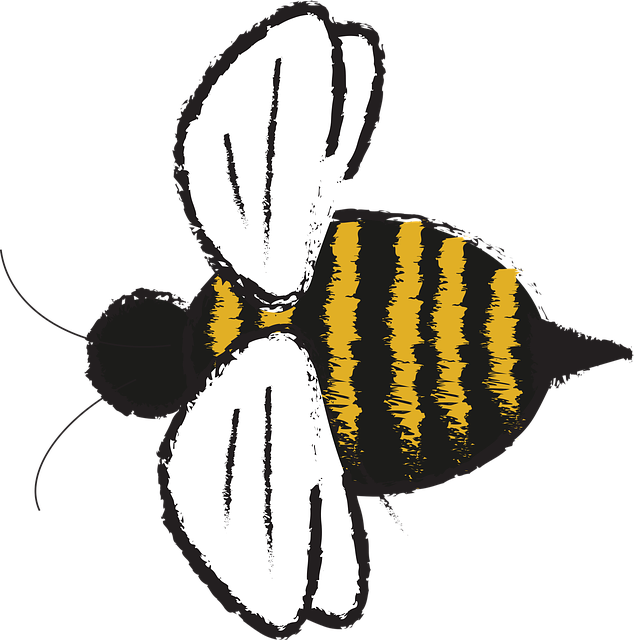We are all familiar with the discomfort of being stung by a bee or wasp. But what if we had some way to effectively identify and avoid their nests? By having a stingin insect nest identification guide, you can becomes better at dealing with these unpleasant creatures. In this article, we’re discussing all the necessary aspects you need to know to protect yourself and your family from being stung.
Important Factors to Identifying a Stinging Insect Nest
Location
Sifting through the places where stinging insects may build their nests should be at the top of your checklist. They can be found near tree stumps, abandoned animal burrows, or gaps in walls or door frames. Hornet nests often form in the eaves of houses or in roof corners. Wasp nests tend to build on trees, in sheds or outbuildings, or on garden equipment. Bee hives feature in attics, chimneys or sheltered cavities in walls.
Shape and Color
Another important factor to keep in mind when trying to determine the species is the general appearance of their nests. Hornets build their nests out of grey paper carton material that rapidly deform in shape and size over time. Probably, the most recognizable nests are the ones built by honey bees and bumble bees because they use more elastic material creating a distinct dome-shaped nest with small oval openings. Wasps typically build a nest that is made up of a number of comb-like layers, sometimes covered with a paper-like material which they make.
Number of Compartments and Occupants
The size, shape, and location of the nest are all important to keep in mind when trying to identify a stinging insect. Similarly, the number of compartments, or “cells” in the nest, and the number of occupants is also important. Stingin insect nests with a single tier of cells and relatively few occupants is more likely to belong to a bee species. On the other hand, nests with multiple tiers of cells and a large number of occupants are more likely to be built by wasps.
Pest Management Tips
Hornets and Wasps
Hornets and wasps can be removed from their nests by either spraying or dusting with insecticide. In the case of blocked or inaccessible nests if the insecticide is unavailable, removal and subsequent destroying of the nest may be required.
Bees
There are different approaches to beehive removal: relocating, cut-outs, and chemical treatment. Each may be chosen based on the location of the nest, and the species of bee. It is recommended to contact a licensed pest operator as this can be a dangerous process if not done properly.
People Also Ask
What Are the Different Types of Stinging Insect Nests?
What Are the Different Types of Stinging Insect Nests?
There are numerous types of stinging insect nests that vary in shape, size, and color. Some of the most common stinging insect nests are those built by hornets, wasps, and bees.
How Can I Tell the Difference Between a Bee and wasp nest?
The main difference between a bee and a wasp nest is the number of compartments and occupants. A bee nest typically has one tier of cells and relatively few occupants, while a wasp nest will have multiple tiers of compartments and a larger number of occupants.
Can I Remove Stinging Insects from Their Nest?
Most of the time it is recommended to leave stinging insects to their own devices. If there is an infestation, the nests can be sprayed or dusted with insecticide or relocated or destroyed. It is highly advisable to seek professional help if needed.
How Can I Protect Myself From Stinging Insects?
The best way to protect yourself from stinging insects is to stay aware of their behaviour, know the signs of a potential infestation, and avoid getting close to their nests. Additionally, you can wear protective clothes such as a hat, long sleeves and trousers, and avoid using perfume or scented lotions.
Final Words
Stinging insects pose a potential risk due to their unpredictable and dangerous behaviour. Knowing the signs of a nest and taking necessary and timely precautions can help you and your family stay safe. When in doubt, it is recommended to consult professionals before attempting to remove or relocate a nest, as this can be a hazardous undertaking.

